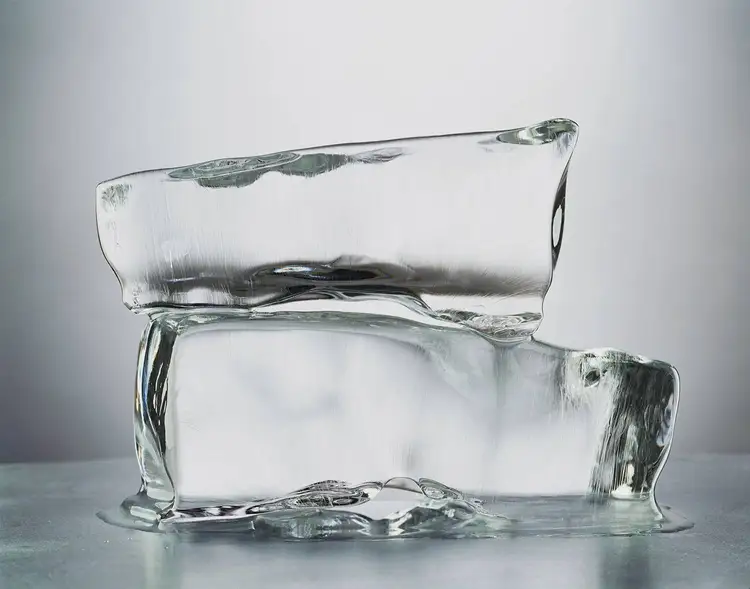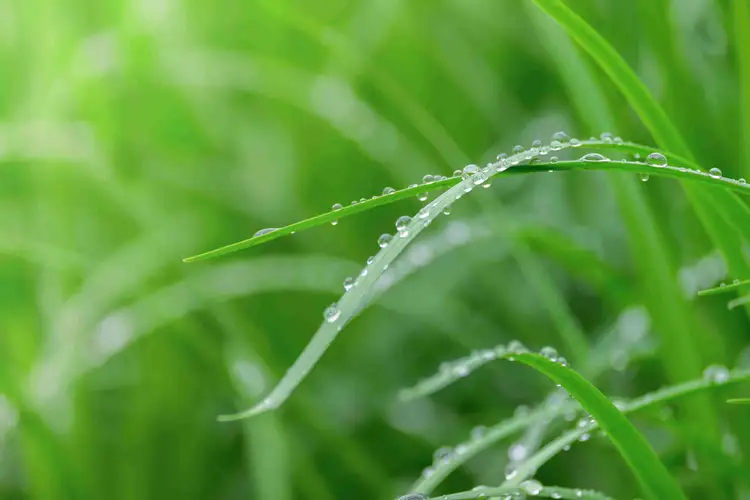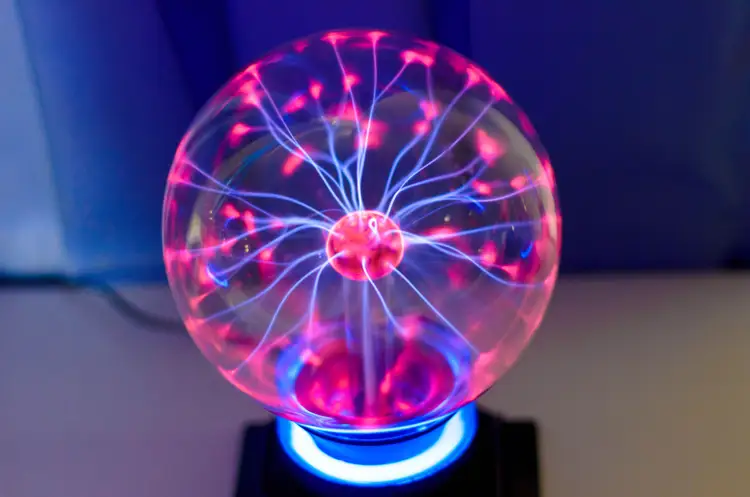Tabla de Contenidos
Matter undergoes changes of state or transitions from one state to another. Next we see what these state changes are. The best known are the six that involve solids, liquids and gases, but we also have to consider plasma, which is a state of matter, for which there are eight changes of state of matter.
Why state changes occur
Changes of state occur when the temperature or pressure of a system changes. When the temperature or pressure increases, the interaction between the molecules also increases. When the pressure increases or the temperature decreases it is easier for the atoms and molecules to organize themselves into more stable structures. When the pressure decreases, the atoms and molecules tend to move away from each other.
For example, at atmospheric pressure, ice melts when the temperature increases. If the temperature is kept constant but the pressure is lowered, a point is reached at which the ice turns into vapor, in a process called sublimation.
1. Fusion (solid → liquid)

This example shows an ice cube melting with increasing temperature from solid water to liquid water. Melting is the process by which a substance changes from a solid to a liquid state .
2. Solidification (liquid → solid)

In this example we see the conversion of a sweetened cream into ice cream, transforming from liquid to solid. Solidification is the process by which a substance changes from its liquid to a solid state . All liquids, with the exception of helium, solidify when the temperature is low enough.
3. Vaporization (liquid → gas)
This image shows the process of transition from liquid water to vapor (actually what we see are small droplets of liquid water that condensed in the air, since water vapor is transparent). Vaporization or evaporation is the process by which a substance goes from the liquid to the gaseous state .
4. Condensation (Gas → Liquid)

The image shows the process of condensation of water vapor in the air into dewdrops, as the temperature drops. Condensation is the change in the state of matter from the gas phase to the liquid phase .
5. Deposition or condensation (gas → solid)
The mirrors are made by vapor deposition of silver onto a glass surface, a process that occurs in a vacuum chamber. The silver vapor becomes a solid layer on the glass. Deposition or condensation is the passage from the gaseous state to the solid.
6. Sublimation (solid → gas)

Dry ice is carbon dioxide (CO 2 ) in a solid state. At room temperature and pressure, dry ice changes from a solid to a gaseous state without going through the liquid state. Sublimation is the change from a solid to a gaseous state . Another example is ice on a very cold and windy day; water in the form of ice turns to steam without the ice melting.
7. Ionization (Gas → Plasma)

This image shows the ionization of gas molecules enclosed in the sphere by subjecting it to an electric potential difference high enough for an electric current to flow. When the electric current circulates, the gas molecules lose an electron and become ionized, and the gas becomes plasma.
8. Deionization or recombination (Plasma → Gas)

The same process as the previous example occurs in a tube of neon light. By cutting off the electrical current to the neon tube, ionization of the gas ceases and the electrons recombine in the gas molecules, which return to their pre-ionization state.
changes of state of matter
Let’s see another way to list the changes of state of matter.
solid . Solids can melt into liquids or sublime into gases. Solids are formed by deposition or condensation of gases or by solidification of liquids.
liquids _ Liquids can vaporize into gases or solidify into solids. Liquids are formed by condensation of gases and by fusion of solids.
gas . Gases can ionize and become plasma, and condense into liquids or solids. Gases are formed from the sublimation of solids, from the vaporization of liquids, and from the recombination of plasma.
plasma . Plasma can recombine to form a gas. Plasma is formed from the ionization of a gas.



